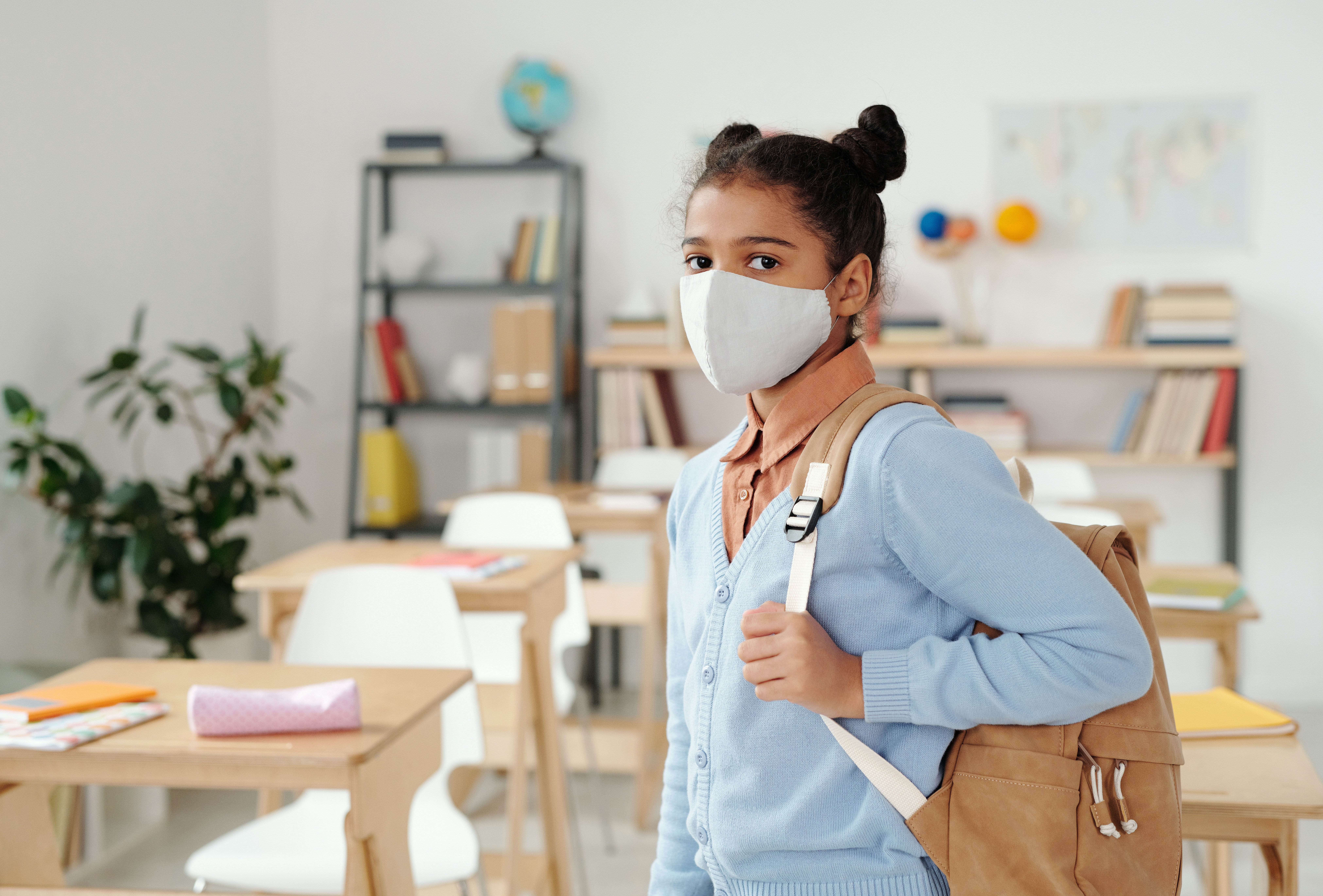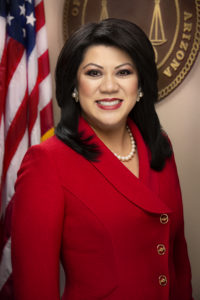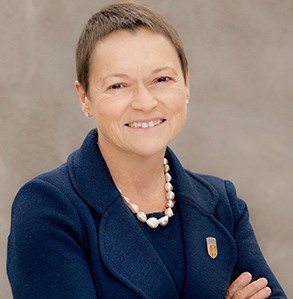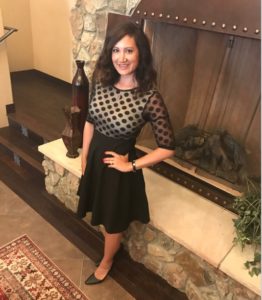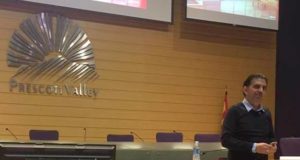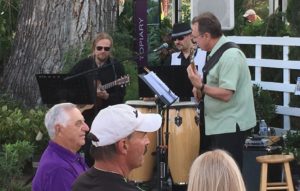Come out and enjoy great beer, food and music while making a difference in the lives of students in our area.
“We’re excited to bring our community together to support education through Party in the Pines,” said PAYP President Stephanie Miller. “We believe that education is the foundation for a strong and prosperous community and we’re proud to be able to support our local schools through this event. Come out and enjoy great beer, food and music while making a difference in the lives of students in our area.”
The festival will have a VIP entry at 4 p.m., with access to a private musical performance, exclusive drink tastings, catering, private shade and luxury restrooms, sponsored by Lamb Chevrolet. Limited VIP tickets are available online at partyinthepinesprescott.com.
General admission opens at 5 p.m., with discounted pre-sale tickets available online at partyinthepinesprescott.com for $50, which includes eight drink tickets. Tickets also will be available at the gate for $55. Additional tasting tickets will be available for purchase. Designated drivers receive a discount of $10 at the gate.
Event sponsors include Quad Cities Business News, Lamb Chevrolet, Bucky’s & Yavapai Casinos, Waste Management, ROX Media, The Prescott Times, Visit Prescott, Sparklight Advertising, Signals, Park Plaza Liquor and Deli, Sunstate Equipment Co., LLC, Verve Events & Tents, Skycity Productions LLC, Quad Cities Design, Makayla Chadwick State Farm Insurance, Sadie Sarti Design Co, Jameson Electric, Lawhorn Plumbing LLC, Prescott Culture Construction and Red Bull.
Party in the Pines is a 21-years-old-and-older and a cash-only event. For more information, please contact Stephanie Miller at 928-445-2000, ext. 114. QCBN
Courtesy Photo: Attendees at Party in the Pines gave a cheer to raising $25,000 for the PUSD Education Foundation in 2019, the last time the event was held because of the pandemic.





